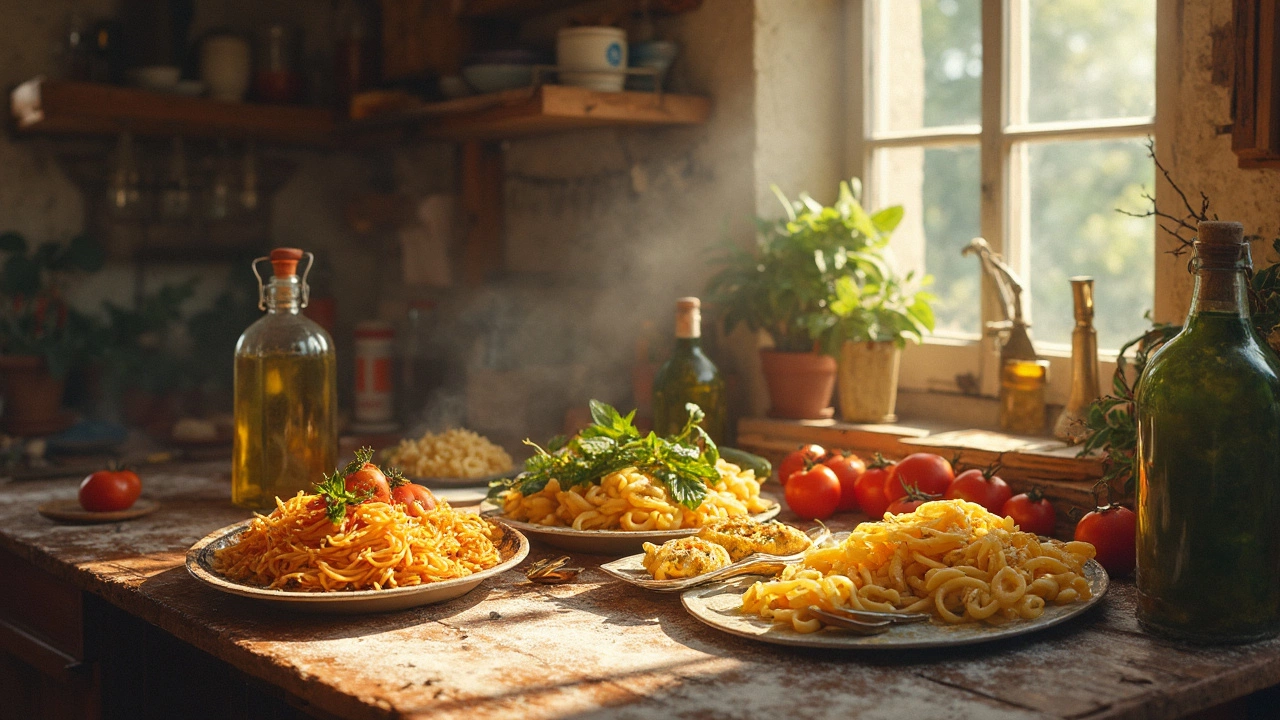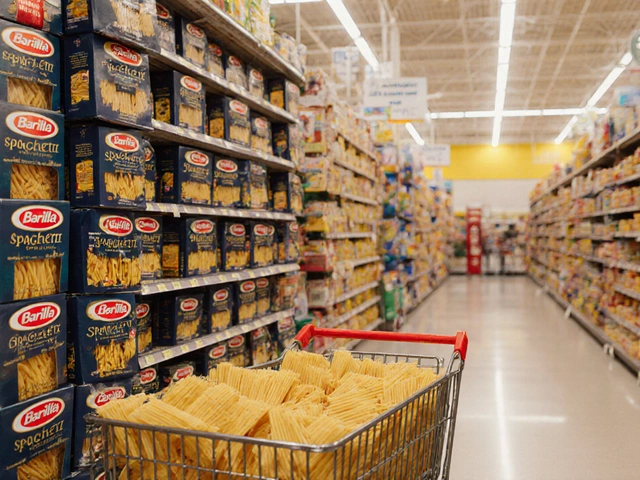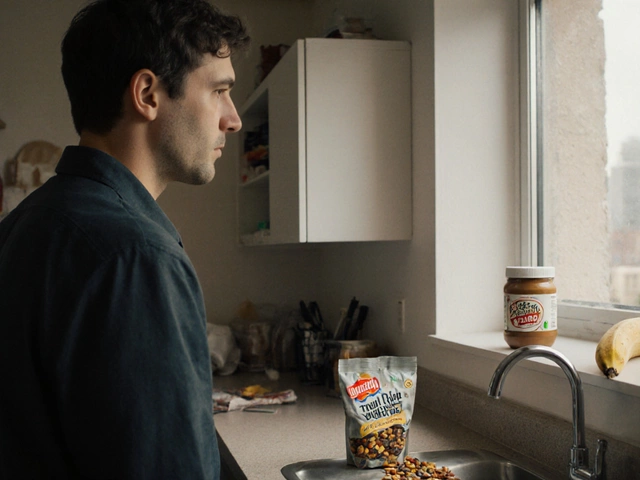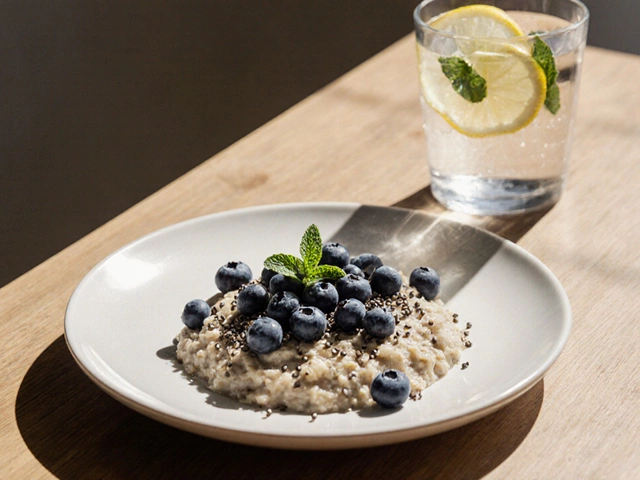Carbonara Made Simple: Your Go‑to Guide for a Creamy, Fast Pasta
Carbonara is the ultimate comfort pasta. With just a few pantry staples you can whip up a rich, silky dish in under 20 minutes. No heavy cream, no fancy cheese‑making tricks – just eggs, cheese, pancetta or bacon, and pasta. If you’ve ever wondered how to get that restaurant‑level texture at home, you’re in the right place.
What You Really Need
The classic recipe calls for spaghetti, guanciale (or good quality bacon), Pecorino Romano, fresh eggs, and black pepper. Here’s why each part matters:
- Spaghetti – Long strands let the sauce cling to every bite.
- Guanciale – The pork cheek gives a buttery, salty bite. If you can’t find it, use thick‑cut bacon.
- Pecorino Romano – Sharp and salty, it melts into the sauce. Parmesan works too.
- Eggs – They create the creamy texture when gently combined with hot pasta.
- Black pepper – Freshly cracked adds a spicy edge that balances the richness.
Keep the ingredients fresh and high‑quality. The flavor of carbonara lives in these basics, so there’s no need to overcomplicate.
Step‑by‑Step: From Boiling Water to Plate
1. Cook the pasta in a large pot of salted water. Aim for al dente – about 1 minute less than the package says. Reserve a cup of the starchy cooking water before you drain.
2. Sauté the guanciale in a cold pan, then turn the heat to medium. Let it render slowly; you want crisp edges and a pool of fat. This fat is the flavor base, so don’t discard it.
3. Mix the eggs and cheese in a bowl. Use about 2 large eggs for every 100 g of pasta, and a generous handful of grated cheese. Add a pinch of pepper.
4. Combine the hot pasta with the guanciale and its fat. Toss quickly so the pasta gets coated.
5. Turn off the heat and pour the egg‑cheese mixture over the pasta. Stir fast – the residual heat cooks the eggs gently, forming a silky sauce. If it looks too thick, splash in a little reserved pasta water until you reach a smooth consistency.
6. Finish with pepper and a sprinkle of extra cheese. Serve immediately while it’s warm and glossy.
Key tip: never let the pan get too hot after adding the eggs. High heat will scramble them, turning the sauce grainy. The goal is a gentle, velvety coating.
Easy Tweaks and Everyday Variations
Stuck with what’s in the fridge? Carbonara is forgiving:
- Swap guanciale for smoked turkey or ham if pork isn’t your thing.
- Use grated cheddar or mozzarella for a milder flavor – just add a bit more pepper.
- Throw in peas or spinach for extra color and nutrition. Add them after the pasta is mixed with the fat.
- If you’re short on eggs, whisk in a splash of milk or sour cream – but keep it minimal to retain the classic texture.
These changes keep the core idea intact while letting you adapt to what you have.
Now you’ve got a solid carbonara foundation. The next time you crave a quick, satisfying dinner, grab some spaghetti, whisk a couple of eggs, and follow these steps. You’ll get a restaurant‑style plate without leaving the kitchen.
Enjoy the creamy, peppery goodness and feel free to experiment. Carbonara is simple, but it rewards attention to detail. Happy cooking!

The Four Must-Try Classic Italian Pasta Dishes and Their Secrets
by Landon Weathers / 3 Jul 2025Discover the four legendary Italian pasta dishes, their authentic recipes, quirky history, and smart tips for making them taste just like in Italy.




